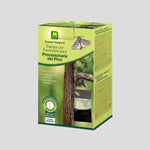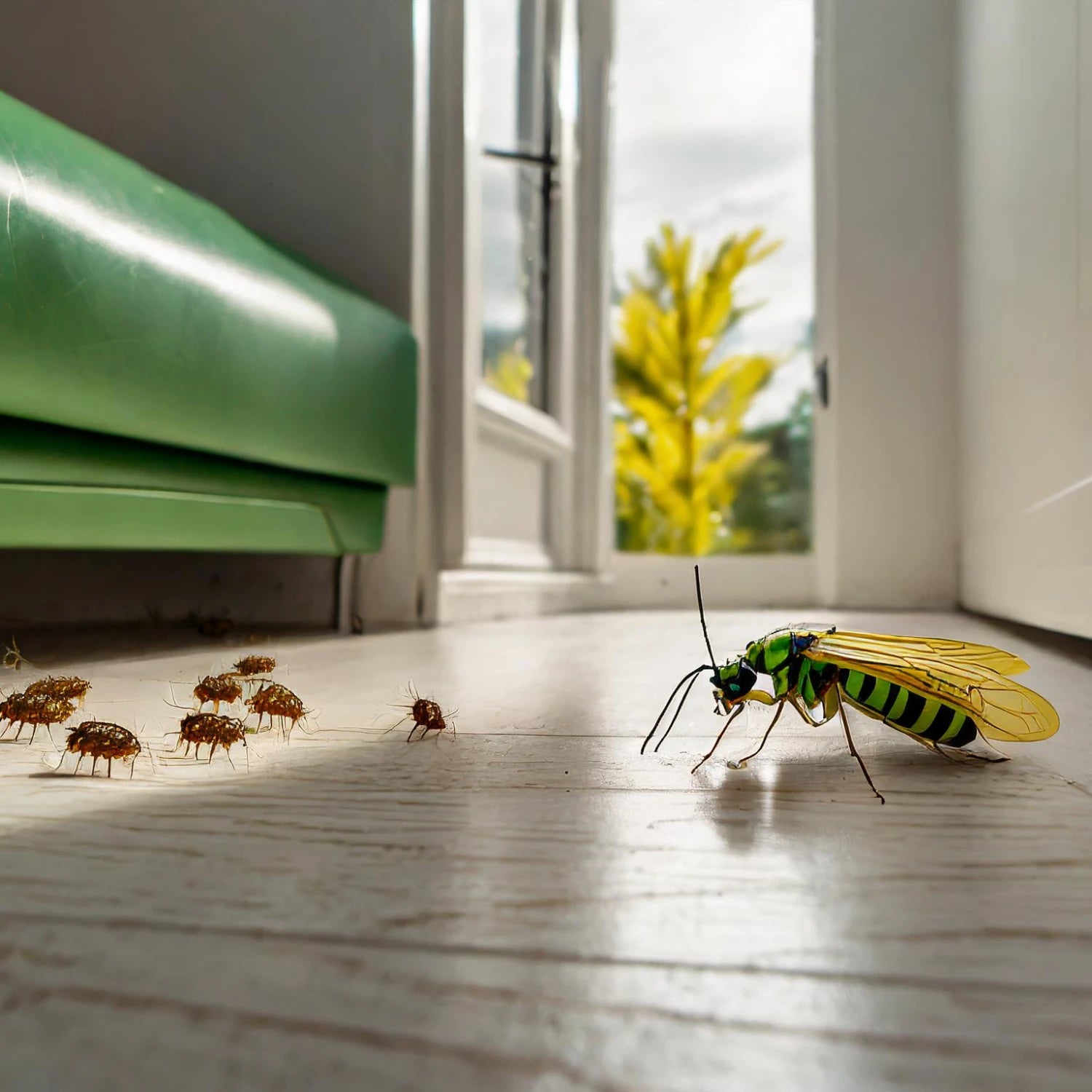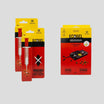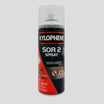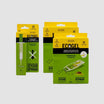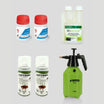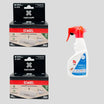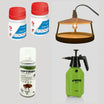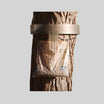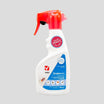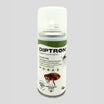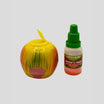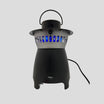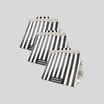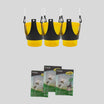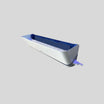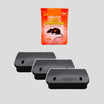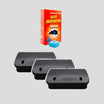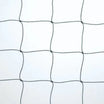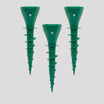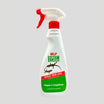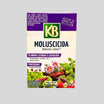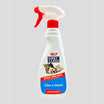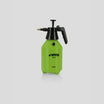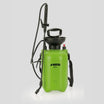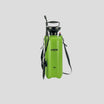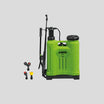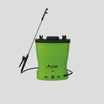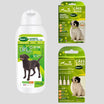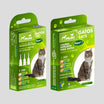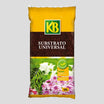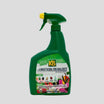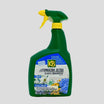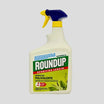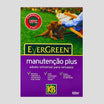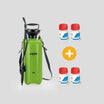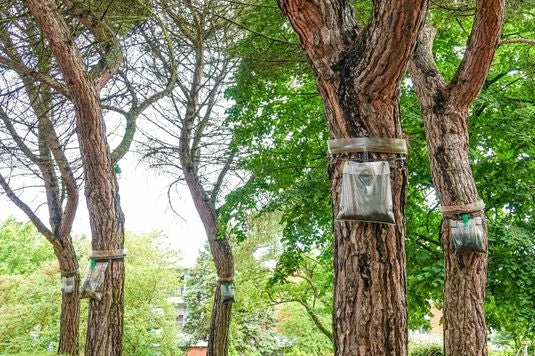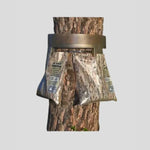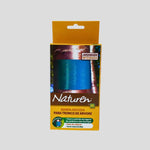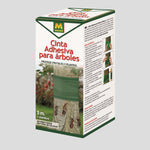The pine caterpillar , commonly called the processionary caterpillar, is a pest that is causing increasing concern in Portugal, especially in forests and urban areas. This insect, in addition to causing significant damage to trees, poses a potential risk to human and animal health. Between December and June, its behavior can be especially problematic, making it essential to implement effective measures to prevent and eliminate infestations.
Signs of infestation
The first step in dealing with the pine caterpillar is knowing how to recognize it. Caterpillars descend from trees in organized lines, an action that is easy to spot and which gives rise to their name, processionary. During this period, they look for a suitable place to bury themselves, where they will continue their life cycle.
Infestation Identification
Signs of infestation include the presence of nests in the canopy of pine trees, which often resemble large balls of silk or webs. These nests are most visible during the winter months when the trees are bare of leaves. The descent of the caterpillars, which occurs in March and April, is a clear indicator that the infestation is ongoing.
Regular inspection of pine trees is vital to detect the presence of the pine budworm. Early identification is crucial as it can help prevent the pest from spreading and causing more serious damage.
Pine caterpillar bite
Pine caterpillar bites can cause a variety of symptoms in both humans and animals. The stinging hairs released by the caterpillars are the main cause of allergic reactions.
In humans, symptoms include:
- Skin irritations : Burning sensations, intense itching and rashes.
- Eye problems : Red, swollen, itchy eyes.
- Breathing difficulties : In more severe cases, shortness of breath may occur.
For dogs, symptoms can be even more severe, including:
- Swelling in the mouth and muzzle.
- Excessive salivation.
- Difficulty swallowing or chewing.
- Vomiting.
It is essential to act quickly in case of contact, especially with pets, who are more likely to interact with caterpillars.
Types of Pine Caterpillar Traps
There are several types of traps to combat processionary insects. The main ones are:
Pheromone Traps
Pheromone traps are particularly effective in capturing male processionary butterflies during the summer, when they are in mating season. By preventing males from finding females, reproduction is significantly reduced, thus controlling the number of caterpillars in the following season.
These traps are easy to install and pose no risk to the environment, as they only affect the target pest. They are suitable for large forest areas and open spaces.
Trap Rings or Necklaces
These rings or collars are installed on the trunks of trees, usually at the end of winter. They act as a physical barrier that prevents the caterpillar from descending from the pine tree to the ground, where it would complete its metamorphosis.
This type of trap is quite effective, but it must be placed at the right time, that is, when the caterpillars begin to descend from the trees, usually between January and March. It is a solution widely used in gardens, farms and residential spaces.
Biological Solutions
In addition to physical traps, there are also biological solutions, such as the use of specific nematodes or bacteria, which attack the caterpillars before they descend from the trees. These treatments can be combined with capture traps for more effective control.
Criteria to Consider When Choosing a Trap
When choosing the ideal trap to combat pine caterpillars, it is important to take the following factors into account:
Infestation Size
In cases of light infestation, a ring or funnel trap may be sufficient. However, if the problem is more severe or if you have a large area of pine trees, pheromone traps or a combination of several techniques may be the best solution.
Tree Location
For gardens or residential areas, ring or funnel traps are a good option, as they act directly on trees and are safe for humans and animals. In forested areas or large properties, pheromone traps offer more comprehensive control.
Installation Period
The timing of trap installation is crucial. Pheromone traps should be placed in summer when butterflies are active, while ring and funnel traps should be set in late winter when caterpillars are descending.
Maintenance and Cost
Trap maintenance is also an important factor. Pheromone and biological traps require less maintenance but can be more expensive. Funnel and ring traps, on the other hand, require regular monitoring but are more affordable.
Prevention of pine processionary caterpillar
The pine caterpillar is a pest that requires immediate attention and action to protect both public health and the environment. The use of traps, removal of nests and the use of chemical treatments are essential to control the infestation and prevent new outbreaks.
However, the best defense against pine caterpillars is prevention. Regularly monitoring affected areas and limiting access to infested areas are crucial steps that can help prevent future problems. It is possible to effectively eliminate pine caterpillars and protect everyone’s health.
Recomended Products
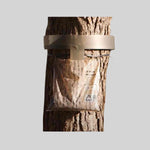
Pine Processionary Caterpillar Trap Kit
